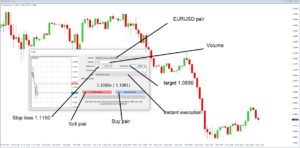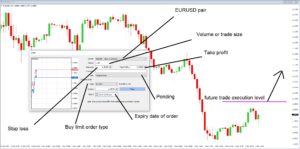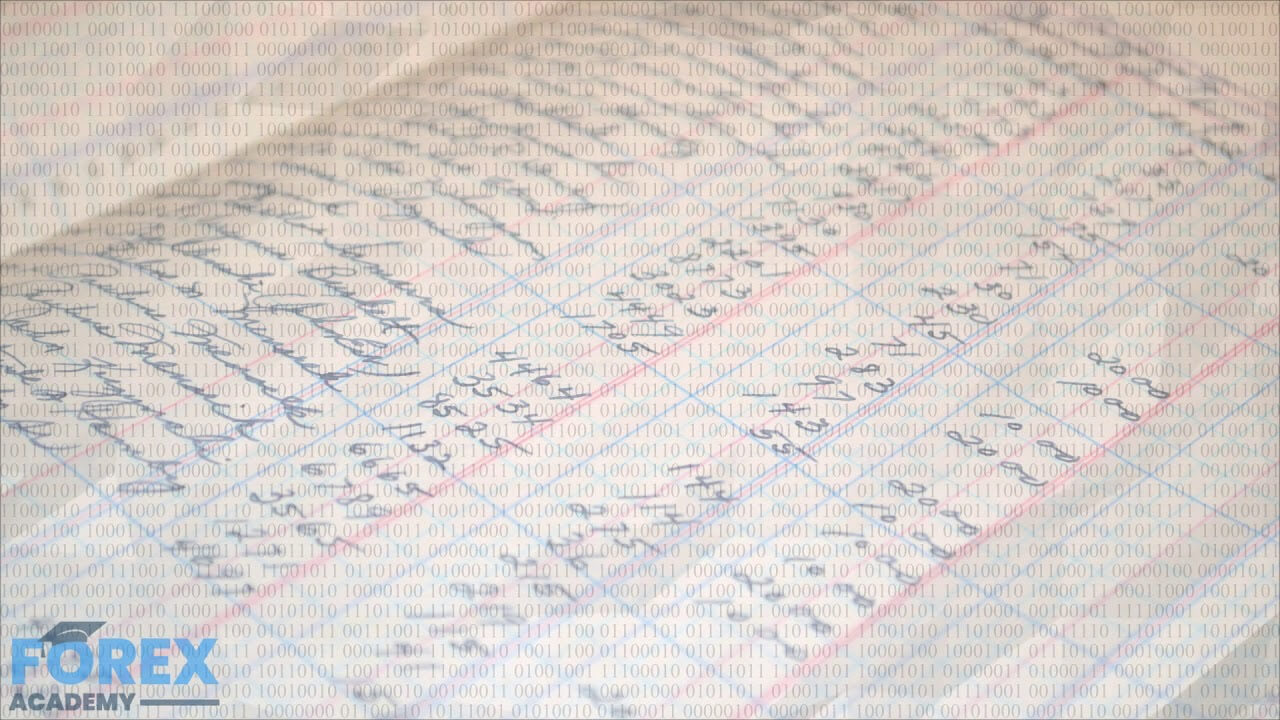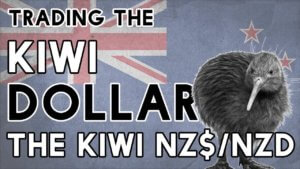Order Types
The pre-internet era for the institutional foreign exchange currency market was fairly limited by today’s standards for institutions who wanted to buy and sell currencies. Back then, the market was known as the Spot Forex market. This is because most trades were done on the spot. A bank would call a broking house, or another institution directly and ask for an exchange rate on a currency pair in a given amount. If the price was right, the trader would hit the bid or the offer by saying, Mine, or Yours. The trade was done instantly, or on the spot. A fairly average trade size would be $1 – $10 million per ticket, a sizable amount.
So banks in the institutional Forex market would typically use money broking firms who would supply them with various exchange rates pertaining to the currency pairs the bank was interested in trading. This is where the bulk of the liquidity was, because it was quicker for a trader at a bank to call a broker, who in turn would be simultaneously taking orders from over 100 other banks in the major trading hubs, such as the city of London, for example.
Banks would have direct lines to the brokers and often had squawk boxes on both sides for quick contact. It was much less time consuming for a bank to speak to one or two brokers than it was to call around all of the other banks one by one.
However, in the late 1980s, banks decided to try and do away with broking firms due to the high amounts of commissions the brokers were charging, and with the advent of increasing technology, the first screen-based ordering FX systems hit the market.
Now, rather than the bank calling brokers, or other banks directly, they would simply place their orders onto a computer-based trading platform, where a growing number of other institutions would also place their bids and offers until trades were executed automatically by the trading platform which price matched the orders.
This was the advent of pending orders in the Forex trading arena. Thanks to this evolutionary period, retail forex traders are now able to enjoy various types of trading orders for their convenience, including the provision of capital protection orders, known as a stop loss, and orders to enter the market at a future exchange rate, which might be above or below the current one.
And so traders can use a market execution order, which is the same as the on the spot order, or right now, where a trade is executed instantly by accepting the bid or offer on a current exchange rate, as seen on a trading terminal. In this example, traders accept the best available price at the time of execution. Obviously, for this type of order, the trader needs to have instant access to his or her trading platform terminal, which is not always convenient in a 24 hour a day, five days per week market.
Traders are also able to place a stop-loss order on their trades, which will guarantee that should the exchange rate move against them to a chosen level of acceptable loss, then the trade will
automatically be stopped at the chosen exchange rate. This might be slightly greater due to price action slippage in volatile market conditions.
Traders are also able to take profit orders: this is known as a pending order and is placed onto the trading terminal and is designed to automatically close out the trade and thus bank the profit from winning trades, and this must also be set at a pre-determined exchange rate. This is extremely useful for traders who may not have the ability to be sat at their trading terminal, perhaps due to other commitments, or during overnight trading sessions. This facility can be used to close out the entire trade, or in increments. Pending orders are extremely convenient and allow traders to enter a trade, either long or short, at a future exchange rate, which would be above or below the current available exchange rate.
Example A

In the example ‘A,’ we can see the Metatrader MT4 platform, terminal. This is the EURUS pair.
On this market-leading platform, a trader will enter the volume or size of the trade. In this example we are trading with 0.10 size, which is one-tenth of a standard lot, or approximately €1 per pip in this example. We have also chosen market execution, which means that should we hit the red, sell box, or the blue, buy box, we are choosing the exchange rate, which is highlighted just above the box. So, we would be selling 1.10808 or buying 1.100811.
This example is set up as an instant sell, where the stop-loss has been set at 1.1150 and with a take profit target set at 1.0850 to the downside.
Example B

Let’s now look at the example ‘B.’ This is the same EURUSD pair. Here we have decided to use a pending order. And the order we have chosen is a buy limit order. The current exchange rate is 1.10898, as seen on the Y-axis to the right of the chart. And we have decided to place an order to buy this pair, should the exchange rate move up to 1.1100. We have also placed a stop loss at 1.1000 and a take profit at 1.1300. This trade is also good until manually canceled, or as per the expiry date which has been set at the 8th of November 2019, and at 12:21 in the afternoon.
In this example, we have increased the volume or size of the trade to 1 standard lot, which is the equivalent of €10 per pip. This would give us a profit of 200 pips, or around €2000 Euros, or approximately there or thereabouts of your designated account currency. Should the trade lose, we would be automatically stopped out at 1.100 with a potential loss of €1,000. Although the beauty of the MT4 platform is that traders can manually change their orders once executed by dragging trade order lines which appear on the screen once a trade order has been placed.
This trade represents a win-to-loss ratio of 2 to 1, which is fairly standard within the trading community.
To reverse this trade order to a sell limit, we simply highlight the buy limit box and change it to sell limit and adjust our stop loss and take profit accordingly, on the basis that we would then be expecting this pair to move lower.






